Muramasa's Bloody Blades – The History of Japan in the Shadow of a Cursed Katana
 The blade of Muramasa suspended over the Tukugawa clan...
The blade of Muramasa suspended over the Tukugawa clan...
The legendary katana blades, forged by the mysterious blacksmith Muramasa, were not ordinary tools of war but blood-soaked works of art that, according to legend, craved blood more than their owners. The tale of these blades is a story of the tragic fates of their successive owners, who were consumed by either bloody death or madness.
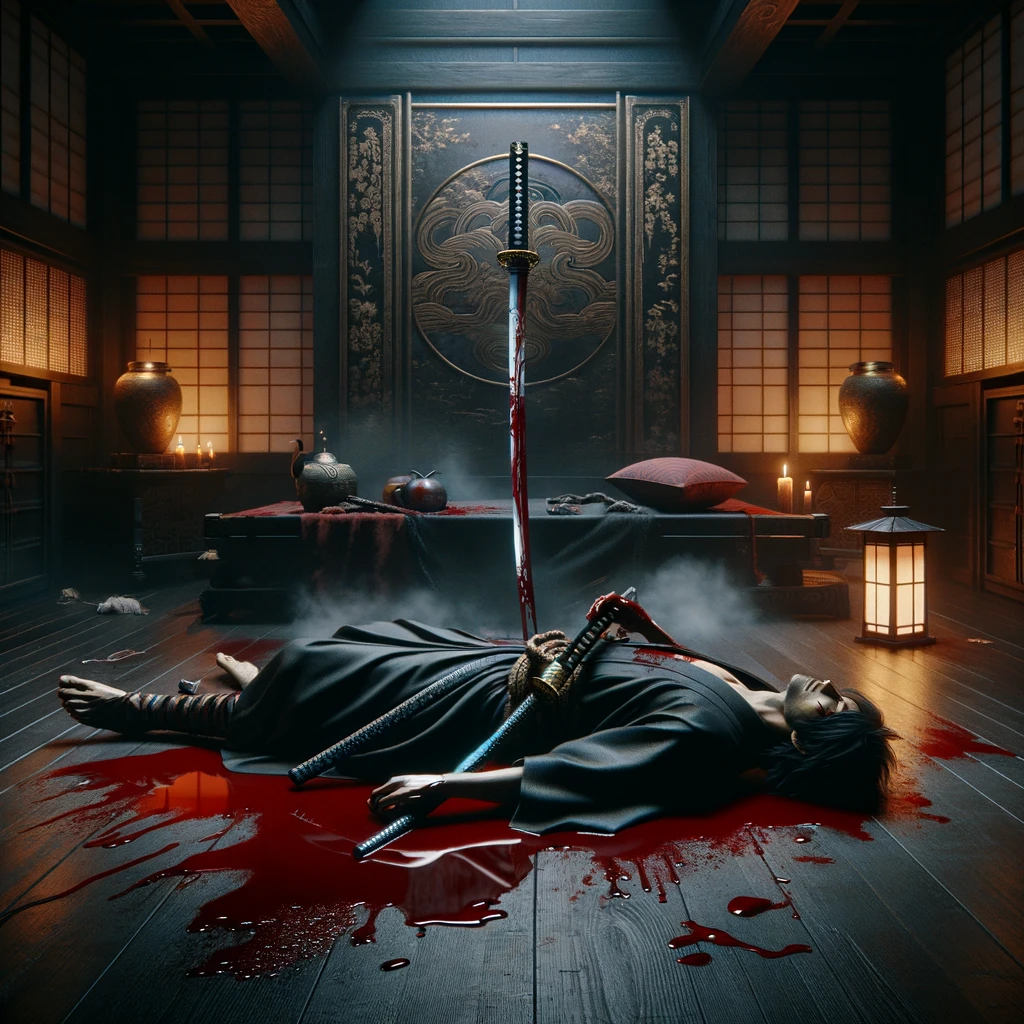
However, the tale of Muramasa has not only survived in ancient chronicles and the dark corners of Japan's history. Contemporary popular culture, especially anime series and video games, has embraced these legends with open arms, breathing new life into them. The Muramasa sword is a frequent guest on screens – from its role as magical equipment in "Final Fantasy," where these blades are among the most powerful weapons available, to its narrative dominance in some samurai anime.
This is just a taste of the fascinating story of the Muramasa swords, which have inspired fear, admiration, and even obsession for centuries. Their history is not just a chronicle of tools of war, but above all, a tale of human endeavors for perfection, the dangers of excessive ambition, and the dark side of human nature that sometimes cannot be tamed. I invite you to the article to discover more about these extraordinary symbols of Japanese craftsmanship and culture.
 Year 1579, Sunpu Castle...
Year 1579, Sunpu Castle...
In 1579, Sunpu Castle, where the young Matsudaira Nobuyasu (the son of Shogun Tokugawa Ieyasu, who united Japan ending the Sengoku period of wars), burdened with the weight of future expectations as the heir to the powerful father-unifier, faces his inevitable destiny. In these turbulent times, where political intrigue intertwined with familial loyalties, Nobuyasu gets entangled in a plot against Oda Nobunaga, the most powerful daimyō in Japan at the time. Although not historically confirmed, it is likely that Lady Tsukiyama, Nobuyasu's mother and Ieyasu's wife, allegedly supported the plot.
The plot comes to light, outraging Oda Nobunaga's supporters. Despite his innocence, the son of Ieyasu is framed for participation in the conspiracy (partly due to his mother's alleged involvement) and his father, Shogun Tokugawa Ieyasu, faced with a choice between loyalty to his ally and love for his son, decides on the ultimate. He orders his son (Nobuyasu) to commit seppuku, ritual suicide, to clear the family of disgrace and preserve honor. In this act of ultimate sacrifice, a Muramasa sword is chosen, a cursed symbol of power, whose blade was to cut through the bonds of blood and ambition.
In the autumn of 1579, in the secluded garden of the castle, Nobuyasu prepares for the ritual. The Muramasa sword, meant to be his tool of liberation and key to power, gleams with a cold light as if aware of the tragic role it was to play. Amidst the silence, broken only by the rustle of bamboo, Nobuyasu, with the honorable calm of a samurai, unveils the blade…

After his death, the legend of the Muramasa sword, which brought death to Ieyasu's son, spreads, becoming a warning to all who seek in swords more than just tools. It is said that the spirits of those who died by Muramasa swords still continue their wandering in search of peace, and the curse resting on these blades is as alive as on the day when Nobuyasu laid his hands on it.
The History of Muramasa Swords
 Etymology of the Name
Etymology of the Name
The name "Muramasa" (村正) is composed of two kanji: 村, which means "village," and 正, which can be translated as "correct," "true," or "just." At first glance, these characters might seem surprisingly ordinary, especially in the context of the powerful and infamously surrounded swords that bear this name. However, there's a deeper meaning hidden in this simplicity, adding another layer to the fascinating story of the Muramasa swords.

The second character, 正, adds an element of morality or quality. In the context of swords, this might suggest simplicity but also reliability and excellence, which undoubtedly is reflected in the reputation that Muramasa blades enjoyed. This kanji might also remind us of the pursuit of perfection that Muramasa as a blacksmith was guided by, as well as the truth that every craftwork carries a reflection of its creator.
 Early Years of Muramasa's Activity
Early Years of Muramasa's Activity
Muramasa Sengo, regarded as one of the most talented blacksmiths in the history of Japan, had his workshop in Ise, a province associated with spirituality and a rich crafting tradition. He lived during the Muromachi period (14th-16th century), a time when Japan was torn by internal conflicts, and the need for durable, high-quality swords was greater than ever. Although the exact dates of his life remain unclear, it is believed that Muramasa could have been a student or rival of the famous Masamune, another legendary blacksmith.
Muramasa became famous for his unique forging technique, which allowed for the creation of an exceptionally sharp blade. It was said that his determination to achieve perfection in the art of blacksmithing was so great that it permeated every blade he created, giving it almost supernatural properties.
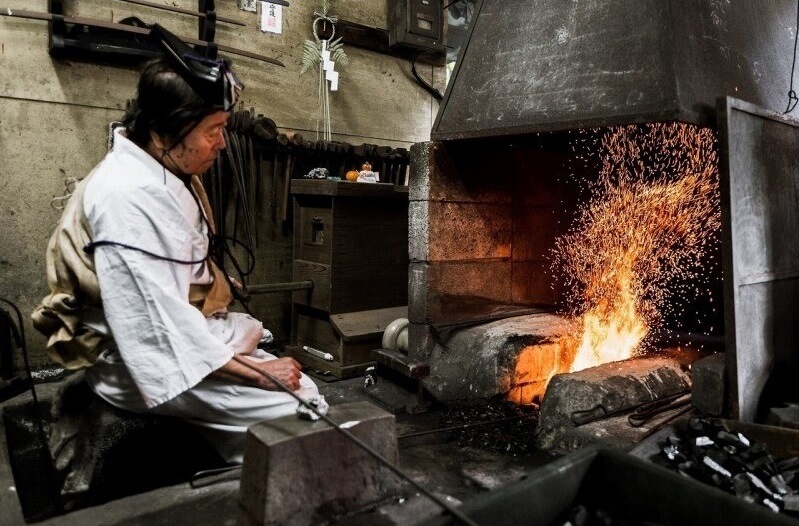
Eventually, he was rejected by those around him, which further sharpened his negative emotions and aggression. At times, he seemed to be on the brink of madness, heading towards insanity. Like in many Japanese ghost stories, he quickly became bloodthirsty and sought revenge for the wrongs that had befallen him. Muramasa visited battlefields, collecting various metals and remnants of swords. Negishi Shizue, the author of "Mimibukiro," from which most of these legends originate, tells that Muramasa would go to dark and abandoned places, often surrounded by sad stories such as ghosts or suicides. It was there that he would begin creating the legendary Muramasa katana, infusing it with his demonic spirit. He worked on the blade for days, months, and years, until finally, it was ready.
Differences with other swords
Although Muramasa and Masamune swords are often compared due to their exceptional quality and legendary status, the differences between them are both distinctive and symbolic.
▫ Technique and style: Masamune swords are renowned for their harmonious balance and beauty, reflecting Masamune's philosophical approach to blacksmithing. His blades are characterized by subtlety and deep aesthetics. In contrast, Muramasa swords, while equally beautiful, are more known for their aggressive sharpness and practicality. Muramasa emphasized the practical aspects of the sword, ensuring an advantage in combat.
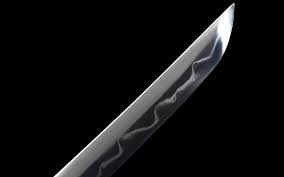
▫ Nakago (blade tang): The tang of Muramasa swords often has a unique "fish belly" shape, which is both aesthetic and functional, providing better balance and grip.

▫ Legend and perception: Masamune is often seen as a blacksmith striving for harmony and the protection of life, whereas Muramasa is perceived as the creator of "bloodthirsty" swords, with a curse resting on their edges. This difference in perception further strengthens the mythological dimension of both figures.
Despite the differences, both Muramasa and Masamune swords represent the pinnacle of Japanese blacksmithing craftsmanship and embody not only technical excellence but also the deep spirituality and philosophy that permeates the Japanese art of sword-making. Both types of blades have been and continue to be the object of admiration, study, and inspiration, not only in Japan but around the world, constituting an integral part of the cultural heritage of the Land of the Rising Sun.
The Grim Legend of the Muramasa Swords
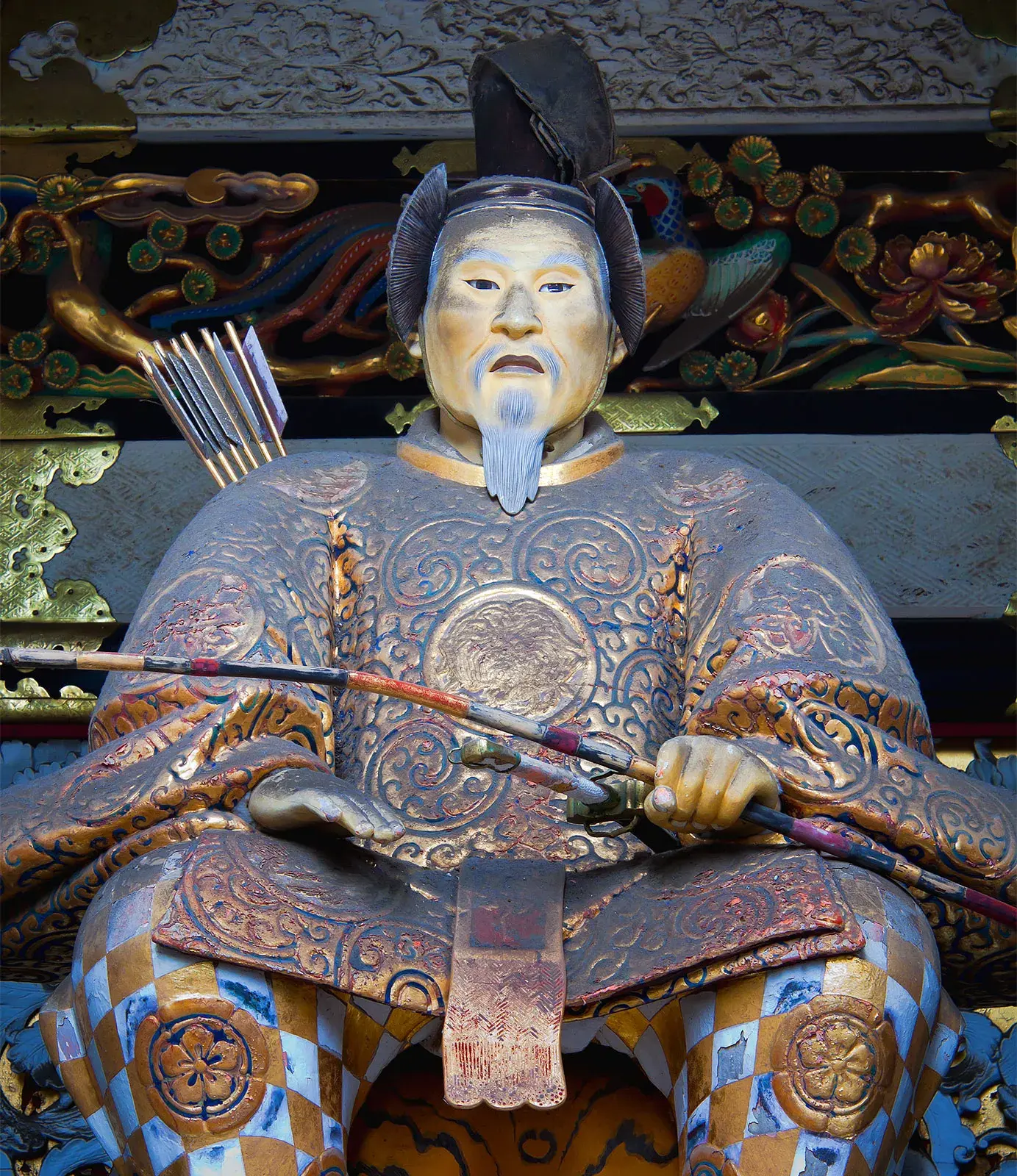
The ominous legend of the Muramasa swords takes an even bloodier turn in the story of Tokugawa Ieyasu, the founder of the dynasty that ruled Japan for over 250 years. Ieyasu, despite his military and political genius, lived in constant fear of the curse of the Muramasa swords. It is said that his grandfather, Matsudaira Kiyoyasu, died at the hands of his own vassal wielding one of these cursed blades in 1536. A tragic fate also befell Ieyasu's father, Hirotada, who was mortally wounded by another Muramasa sword.
But the curses that fell upon the Tokugawa family do not end there. Ieyasu himself was seriously injured by one of these swords when he accidentally cut himself while inspecting war loot. His eldest son, Nobuyasu, was forced to commit seppuku – ritual suicide – using a Muramasa sword, which was seen as a direct action of the curse.
The curse of the Muramasa swords extends beyond the tragic fates of the Tokugawa family. It was said that anyone who drew a Muramasa sword from its sheath could not sheathe it again until the blade had tasted blood. These were blades not only imbued with the blood of their victims but also insatiable, always craving another cut, another soul to snatch into the dark abyss.
There is no doubt that the Muramasa swords are masterpieces of Japanese craftsmanship, each a work of art encapsulating history, power, and a curse. Their legend, filled with blood, betrayal, and violence, reminds us of the dark side of human nature and how easy it is to be consumed by one's ambitions and desires. In this grim tale, where the sword is both hero and villain, the story of the Muramasa swords remains a cautionary tale, whose echoes resound through the ages, reminding us of the price paid for perfection.
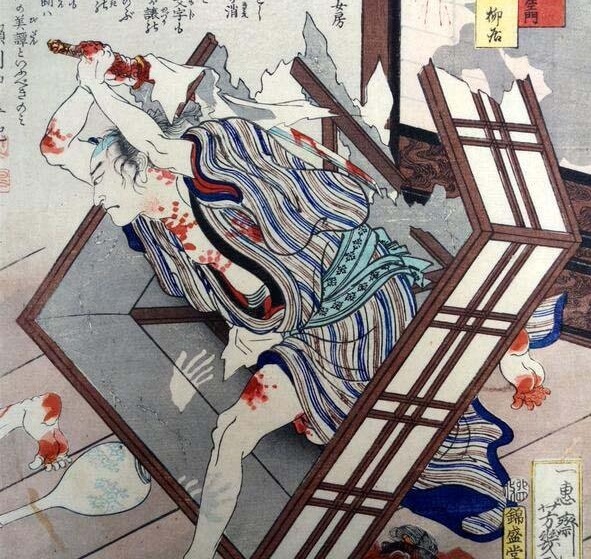
Another time, in 1567, a famous warrior reached for a Muramasa sword, wanting to test the blade by slicing through several criminals, considering this the only way to reveal the true nature of the sword. In ancient Japan, tameshigiri (試し斬り), or the testing of a sword's sharpness by cutting various objects, including sometimes the bodies of condemned criminals, was practiced. Muramasa swords always performed "excellently," adding more chapters to their bloody legend.
 What is the origin of the Muramasa swords' bad reputation?
What is the origin of the Muramasa swords' bad reputation?
History tells that Ieyasu repeatedly experienced misfortunes directly associated with Muramasa swords. Besides the already mentioned tragedies that befell his family, Ieyasu himself was said to have experienced their cursed influence on his own skin.
Legend has it that one day, while inspecting his arsenal, Ieyasu accidentally cut himself holding one of the Muramasa swords. This wound, though initially seeming trivial, was said to cause the shogun to deeply believe in the cursed nature of these weapons. Ieyasu, who had already witnessed the deadly consequences that Muramasa swords carried for his loved ones, began to believe that the curse of these blades now targeted him directly.
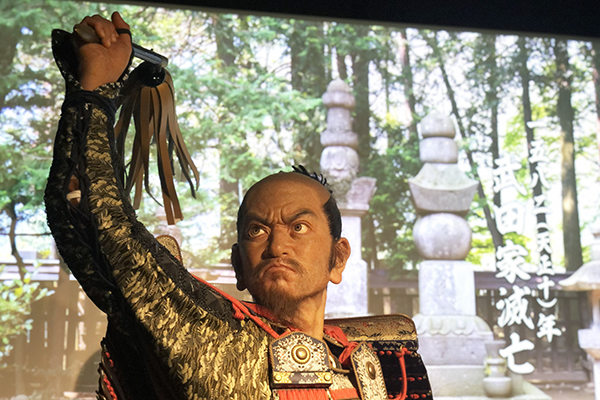
This story, although based on historical facts concerning the figure of Tokugawa Ieyasu and his actions towards the Muramasa swords, has been enriched and transformed over the years into a legend that highlights the mysterious and potentially cursed nature of these famous Japanese blades.
The History of Amakusa Shiro
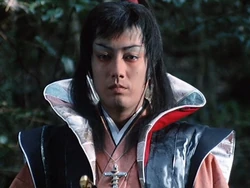
It wasn't long before Shiro noticed changes in his behavior. Initially subtle, they became increasingly disturbing. Shiro, a respected warrior, began to show signs of aggression and impatience. It was said that during a fight in which he used the Muramasa sword, his style was more brutal than ever, and his opponents were mercilessly cut to pieces, even long after they posed no threat.
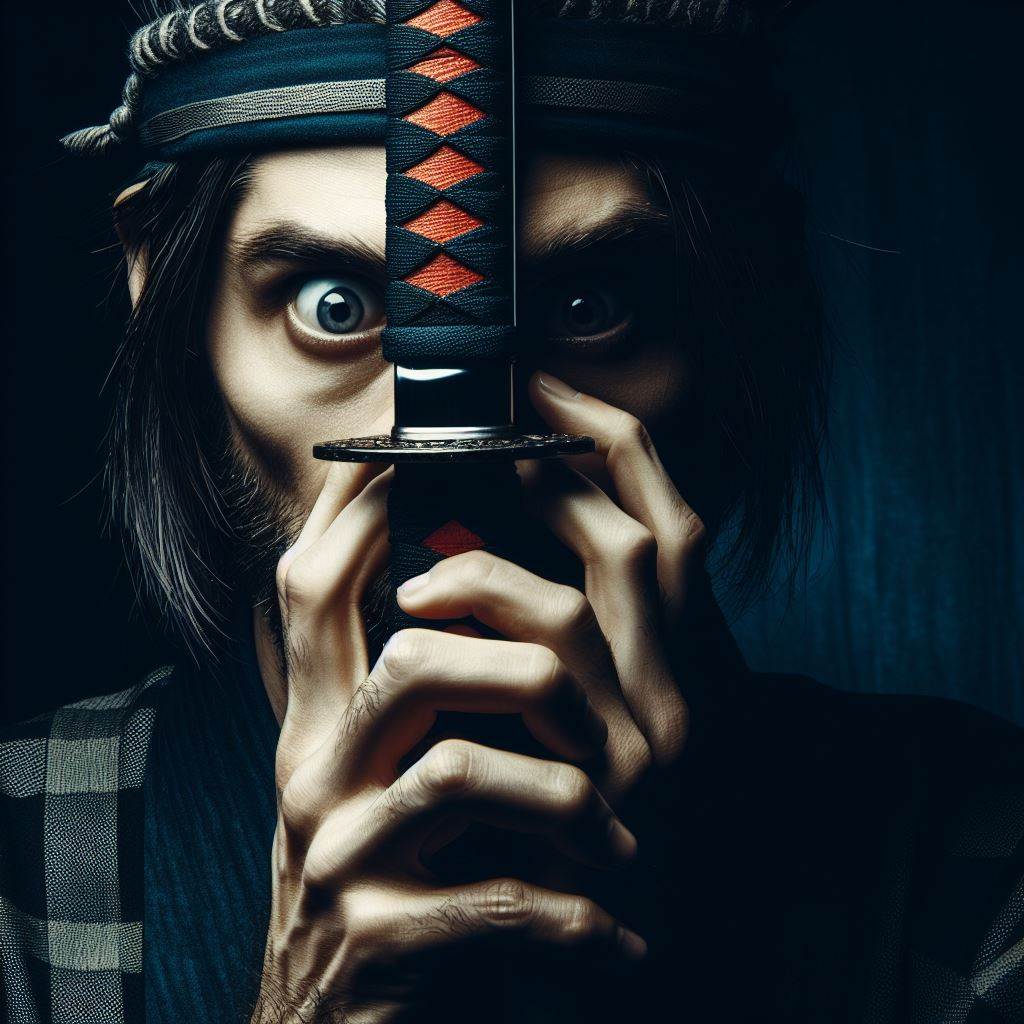
The climax of this tragedy was when Shiro, in madness induced by the sword, attacked a group of his closest friends and students, believing they were conspiring against him. In the brutal fight that followed, Shiro, driven by the cursed blade, inflicted fatal wounds on all who once stood by his side.
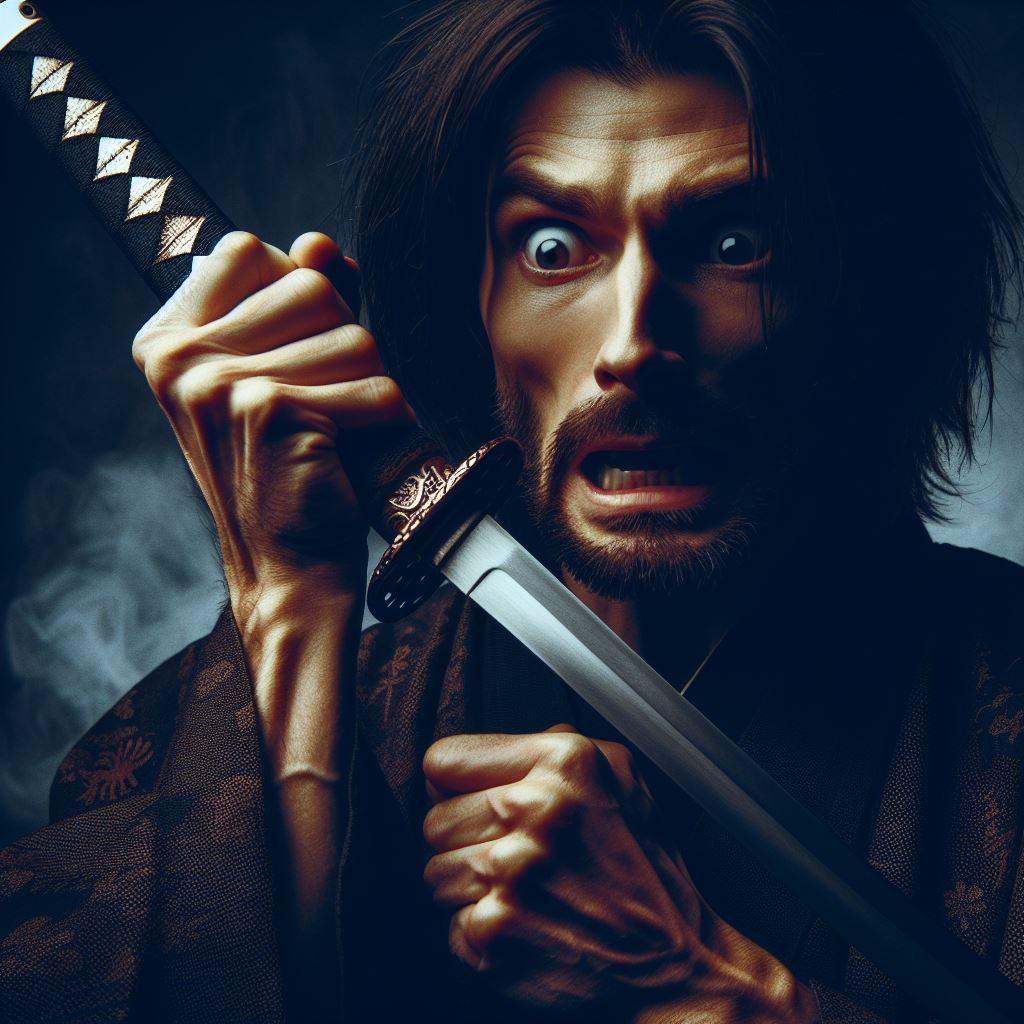
(For historical accuracy, it should be added that this legend supplements political interpretations of actual events. In reality, these events involved Shiro Amakusa being a Catholic warrior and leader, despite his very young age, of the Christian peasant uprising on the Shimabara Peninsula).
 Muramasa Swords in Pop Culture
Muramasa Swords in Pop Culture
Spreading like a shadow, the curse of the Muramasa swords has entered Japanese pop culture, where it continues to live, fueled by human fascination and fear. It has penetrated manga, anime, and video games, taking on new forms, yet always reminding of its terrifying power. These swords, instead of resting in museum displays as safe relics of the past, still command respect and fear, being not only witnesses to history but also eternal participants in human tragedies.
Video Games
▫ Final Fantasy Series
The Muramasa sword appears in many installments of the Final Fantasy series, a legendary jRPG series by Square Enix that began in 1987. In these games, Muramasa is often depicted as a powerful sword that boosts the player's stats, often adding unique abilities or effects, such as faster attacks or the ability to deal critical damage. Interestingly, the Final Fantasy series usually also includes the Masamune sword, which always has better stats than Muramasa.
▫ Nioh (2017), Team Ninja
In this action RPG set in the dark, war-torn Japan of the Sengoku period, the Muramasa sword is one of many powerful swords that can be acquired. It is characterized not only by high attack power but also by the ability to inflict additional magical damage.
▫ Muramasa: The Demon Blade (2009), Vanillaware
This 2D action RPG, released for the Wii console, directly focuses on the legend of the Muramasa swords, offering players the chance to experience the story of the cursed blades. The Muramasa sword is a central element of the plot, and its dark power and history are deeply explored during the game.
▫ Soulcalibur Series
In this fighting game series by Bandai Namco, Muramasa appears as one of many weapons that characters can choose. Though not a central element of the plot, the sword stands out as one of the stronger in the arsenal, often bringing both great power and potential misfortune to its users.
▫ Onimusha: Warlords (2001), Capcom
In this action game with elements of survival horror, set in feudal Japan, swords, including Muramasa, play a key role. The Muramasa sword is a valuable find that enhances the character's combat abilities, adding new capabilities to their arsenal.
▫ Tenchu: Stealth Assassins
In this series of ninja games, Muramasa often appears as a mysterious blacksmith who can upgrade or create powerful weapons for the main characters.
▫ The Witcher 3: Wild Hunt (2015), CD Projekt RED
Although mainly set in European mythology and fantasy, The Witcher 3 contains numerous easter eggs and hidden items, including references to Muramasa swords as symbols of the highest quality and mystical power in melee weapons, nodding to fans of Japanese culture and legends.
In each of these games, the Muramasa sword is depicted as a weapon of extraordinary power, often with additional, unique effects that can both significantly help the player and introduce additional challenge or risk, reflecting its legendary status in Japanese culture.
Anime
 ▫ "Bleach"
▫ "Bleach"
In this popular anime, which tells the story of teenager Ichigo who acquires the powers of a Shinigami (Death God) and fights spirits known as Hollows, the Muramasa sword appears as an important artifact. It is depicted as a Zanpakutō (spiritual sword) capable of controlling other Zanpakutō, inciting them to rebel against their owners. Muramasa becomes a central point of the plot.
 ▫ "Rurouni Kenshin" (Also known as "Samurai X")
▫ "Rurouni Kenshin" (Also known as "Samurai X")
In this series, which follows the wandering samurai Kenshin Himura, who has vowed never to kill again, legends of swords, including Muramasa, are often mentioned as part of a broader discussion on weapons, warriors, and their ethos. Although the Muramasa sword is not a main plot point, its mentions are present.
 ▫ "Shigurui: Death Frenzy"
▫ "Shigurui: Death Frenzy"
This heavy and intense anime, based on the manga "Shigurui," focuses on a brutal and realistic portrayal of samurais in feudal Japan. The story revolves around a tournament where competitors fight to the death using real swords instead of wooden bokken. Muramasa swords are mentioned as the pinnacle of blacksmithing, symbolizing both prestige and a potential curse for those who wield them.
 ▫ "Ninja Scroll"
▫ "Ninja Scroll"
In this classic anime filled with action and supernatural elements, the story centers around Jubei, a wandering ninja, who battles demonic adversaries. The Muramasa sword appears here as a powerful weapon with dark power, enhancing the hero's abilities but also carrying heavy consequences for its use. The depiction of the sword is woven into the fabric of the narrative, adding depth to the context of fights and confrontations.
Muramasa Swords Today

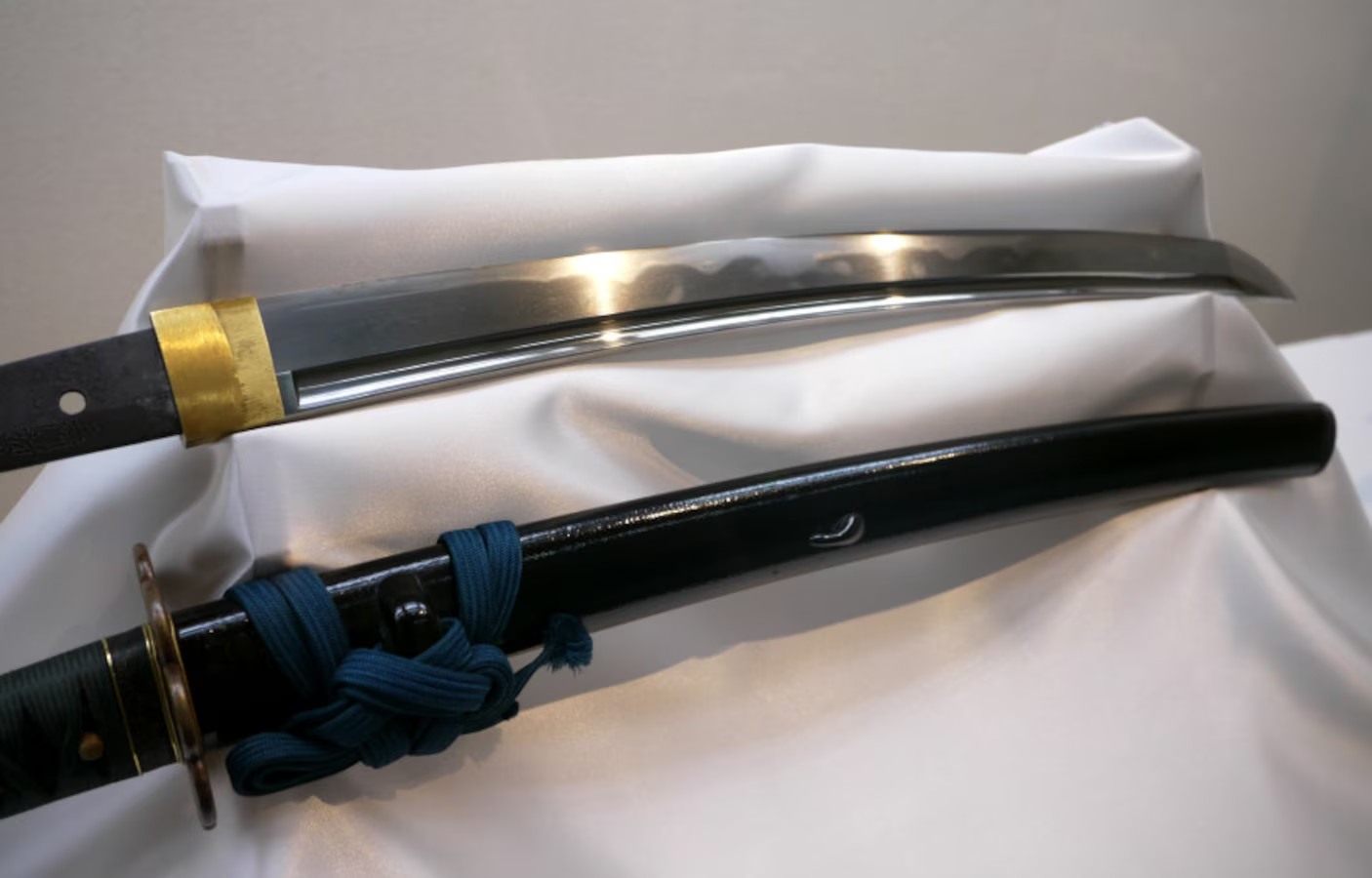
Conclusion

As legends of the Muramasa swords continue to inspire new generations, it's important to remember that behind every story lies a grain of truth, revealing the deep connections between man and the tools he creates. Whether we believe in curses or not, it's undeniable that these swords are masterpieces of blacksmith art, a testament to the skills and passion that have stood the test of time. In their gleam, not only light reflects but also echoes of past battles and the fates of those who wielded them.
>>SEE ALSO SIMILAR ARTICLES:
Honor Did Not Belong Only to the Samurai – Bravery, Courage, and the Ethos of Life of the machi-shū
10 Facts About Samurai That Are Often Misunderstood: Let's Discover the Real Person Behind the Armor
Raikirimaru – The Katana of the Tachibana Clan That Cut Through Lightning
Wakizashi – The Smaller Cousin of the Katana That Bore the Full Weight of Samurai Honor
"Strong Japanese Women"
see book by the author
of the page
未開 ソビエライ
An enthusiast of Asian culture with a deep appreciation for the diverse philosophies of the world. By education, a psychologist and philologist specializing in Korean studies. At heart, a programmer (primarily for Android) and a passionate technology enthusiast, as well as a practitioner of Zen and mono no aware. In moments of tranquility, adheres to a disciplined lifestyle, firmly believing that perseverance, continuous personal growth, and dedication to one's passions are the wisest paths in life. Author of the book "Strong Women of Japan" (>>see more)
Personal motto:
"The most powerful force in the universe is compound interest." - Albert Einstein (probably)
Mike Soray
(aka Michał Sobieraj)
未開 ソビエライ
An enthusiast of Asian culture with a deep appreciation for the diverse philosophies of the world. By education, a psychologist and philologist specializing in Korean studies. At heart, a programmer (primarily for Android) and a passionate technology enthusiast, as well as a practitioner of Zen and mono no aware. In moments of tranquility, adheres to a disciplined lifestyle, firmly believing that perseverance, continuous personal growth, and dedication to one's passions are the wisest paths in life. Author of the book "Strong Women of Japan" (>>see more)
Personal motto:
"The most powerful force in the universe is compound interest." - Albert Einstein (probably)
Mike Soray
(aka Michał Sobieraj)
Write us...
Ciechanów, Polska
dr.imyon@gmail.com
___________________
inari.smart
Would you like to share your thoughts or feedback about our website or app? Leave us a message, and we’ll get back to you quickly. We value your perspective!

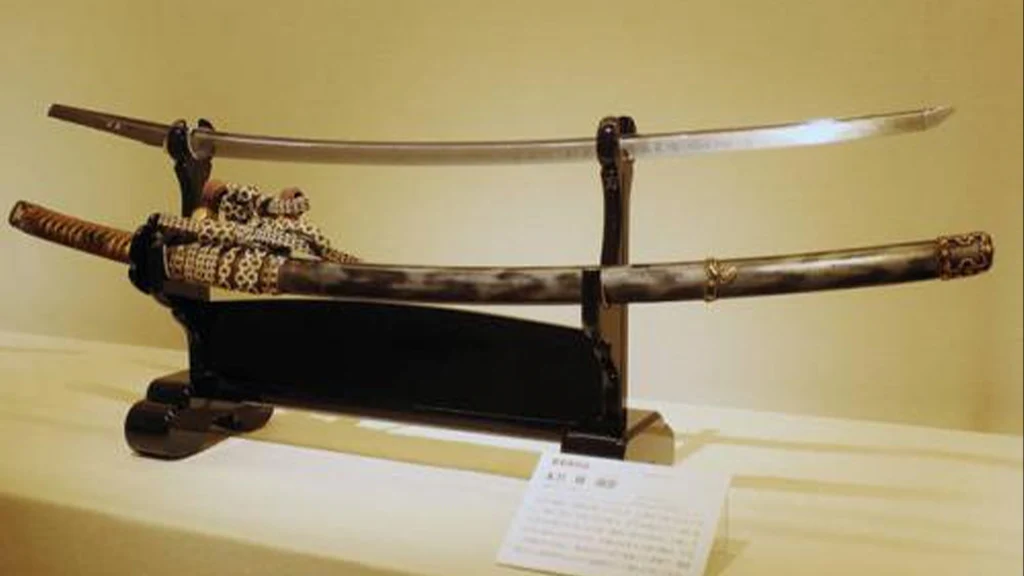 The blade of Muramasa suspended over the Tukugawa clan...
The blade of Muramasa suspended over the Tukugawa clan... Year 1579, Sunpu Castle...
Year 1579, Sunpu Castle...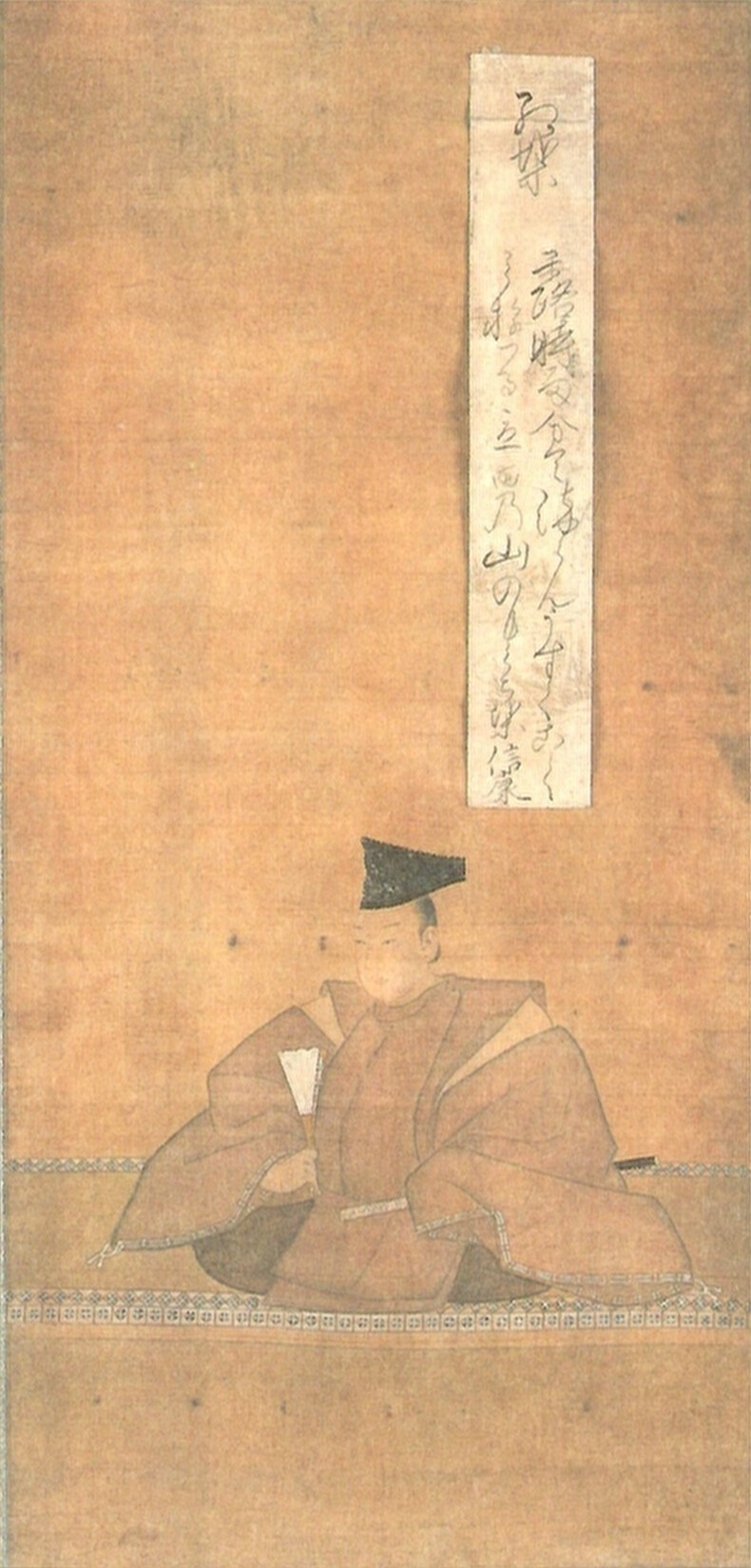

 Etymology of the Name
Etymology of the Name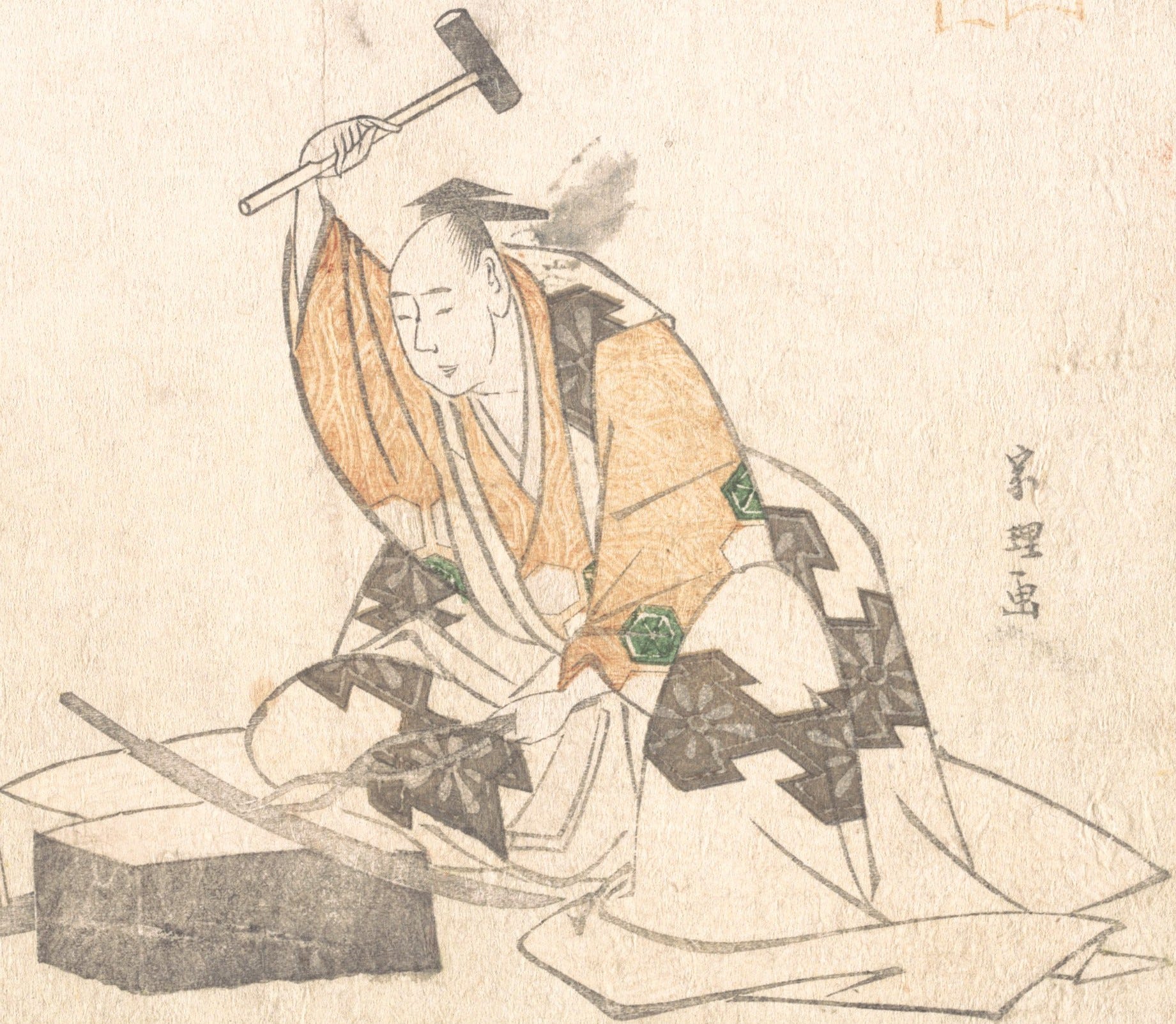 Early Years of Muramasa's Activity
Early Years of Muramasa's Activity

 What is the origin of the Muramasa swords' bad reputation?
What is the origin of the Muramasa swords' bad reputation?
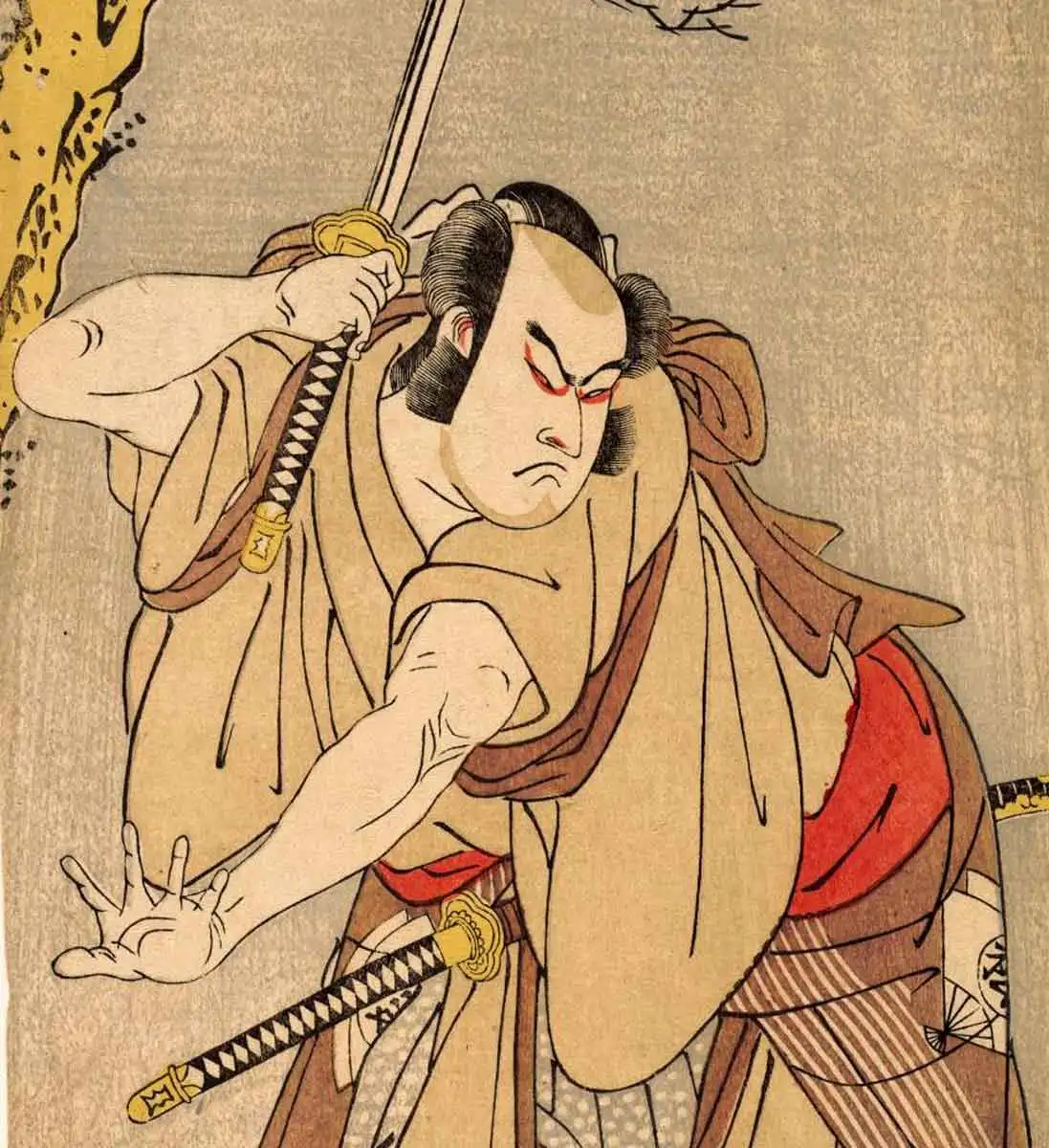 Muramasa Swords in Pop Culture
Muramasa Swords in Pop Culture


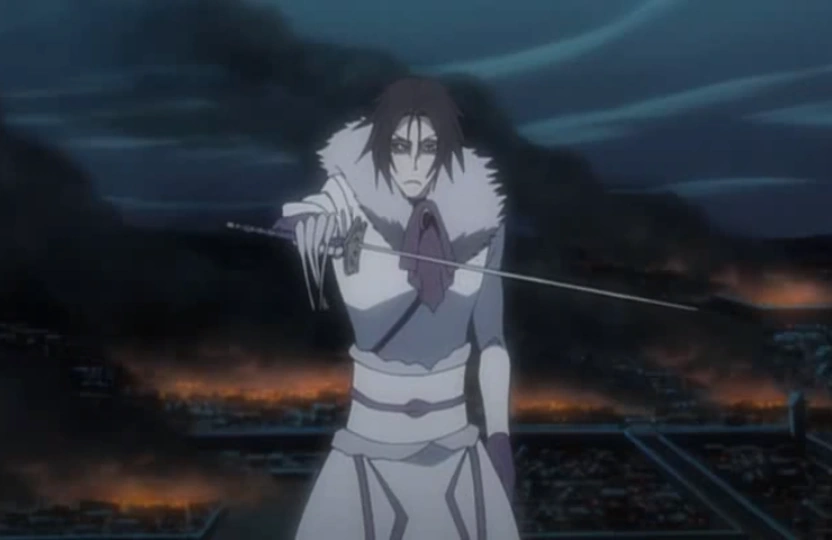 ▫ "Bleach"
▫ "Bleach"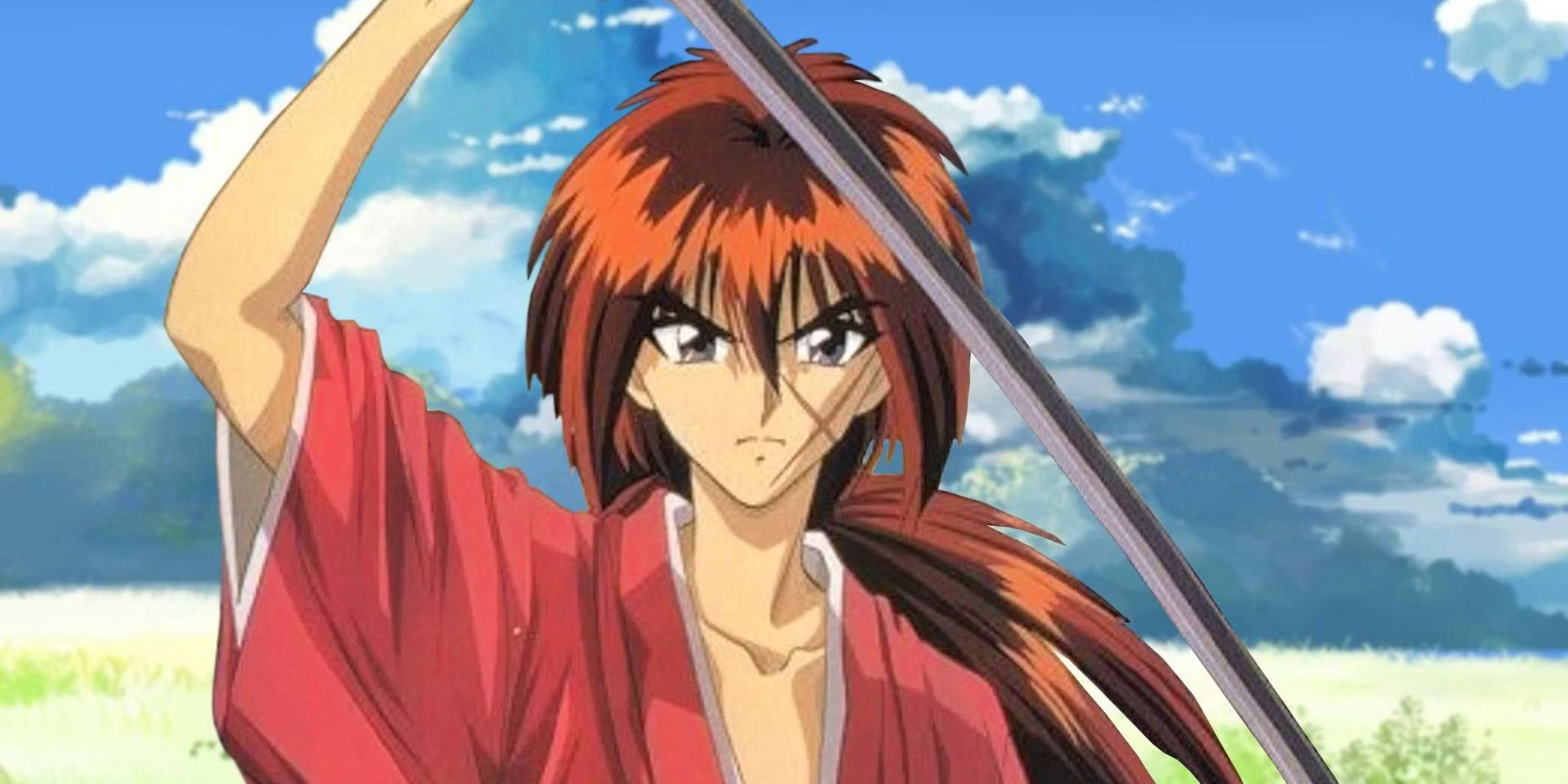 ▫ "Rurouni Kenshin" (Also known as "Samurai X")
▫ "Rurouni Kenshin" (Also known as "Samurai X")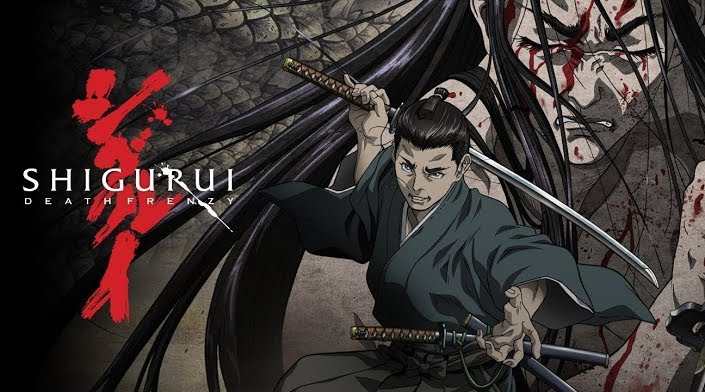 ▫ "Shigurui: Death Frenzy"
▫ "Shigurui: Death Frenzy"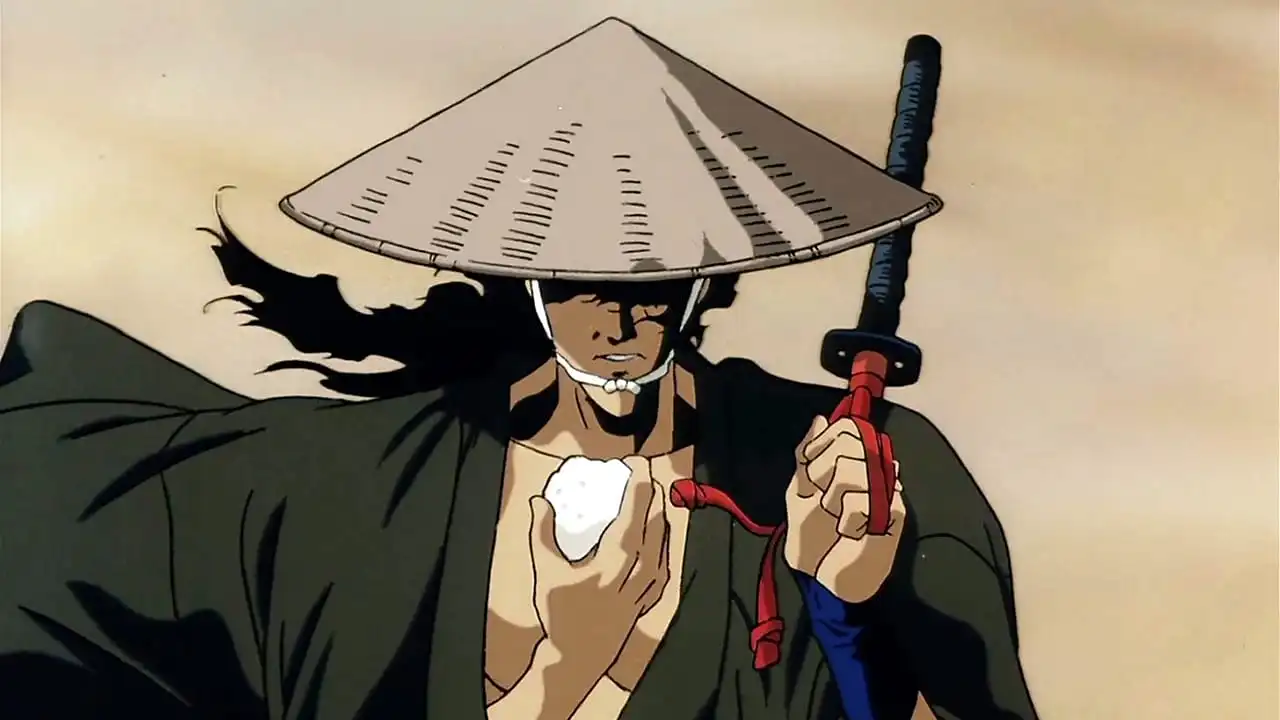 ▫ "Ninja Scroll"
▫ "Ninja Scroll"
